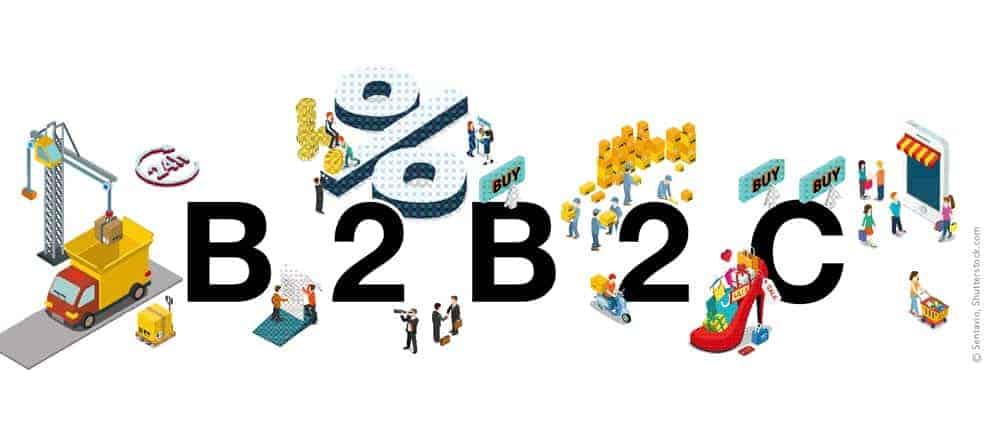What is possible with SAP C/4


In the worse case, the product is defective and has to be repaired by the service department. In the B2C context, this is annoying for customers. In the B2B context, defects can quickly lead to serious economic consequences.
In this respect, service almost always operates from the defensive and has little to gain: After a successful service call, the customer's situation is back to the way it was before. But that is all.
Nevertheless - or perhaps precisely because of this - service has a significant influence on the customer experience. And thus on the lasting success of a company. This becomes particularly clear in the negative aspects.
For example, according to the 2018 study "Experience Is Everything: Here's How to Get It Right" by the accounting firm PwC, for 60 percent of the 15,000 consumers surveyed from 12 countries, a few bad experiences are enough to turn them away from a company.
However, service also has a positive effect: 48 percent of those surveyed by PwC state that friendly service is the most important factor. Even though the study refers to the private environment, the results can also be applied to the B2B context.
What constitutes good service is obvious: the problem at hand should be eliminated as quickly as possible. To achieve this, it pays to use innovative technologies.
These automate processes and thus ensure effectiveness and efficiency. Predictive maintenance is certainly the ultimate here: Because software predicts possible failures at an early stage, there are no longer any defect-related and thus time-critical service requests. The problem is solved before it arises.
However, the realization of predictive maintenance is actually only the 277th step in the digitization of service. Anyone who simply wants to skip the 276 steps beforehand will fail in most cases. Without a solid technological foundation, the results of forecasts can hardly be used in a meaningful way.
Therefore, in our experience, the first thing to do is to ensure flawless communication between customers and service and to provide service staff with all relevant data at all times.
The use of SAP Service Cloud and SAP Field Service Management is recommended for this purpose. In this case, SAP Service Cloud takes over the management of the data in the background.
Ideally, this is done in conjunction with the other SAP C/4 components to create a single source of truth. SAP Field Service Management ensures that the data ends up with the service employee in the field and that data collected by him is transferred to the back end.
In this way, an effective and efficient end-to-end service process can be established: from receiving a customer's concern and further communication, to intelligent dispatching of the service call and rapid resolution of the problem, to determining customer satisfaction and billing for the service provided.
This remains necessary even if predictive maintenance scenarios have been implemented. After all, predicting a defect does not mean that service staff will no longer be required or that machines will no longer be at a standstill.
It's just that everything can be planned much better, which significantly reduces the pressure. Nevertheless, deadlines still have to be coordinated and the maintenance measure should be completed as quickly as possible.
The PwC study is interesting once again. According to this study, 75 percent of customers would like to see more human interaction again when they communicate with a company.
For 55 percent, employees have the greatest influence on the service experience. So in addition to effectiveness and efficiency, contact with other people is also a decisive factor.
From the company's point of view, this means that if they want to delight their customers with their service, they have to strike the right balance between people and IT. The primary role of IT should be to provide the best possible support for human interaction.







